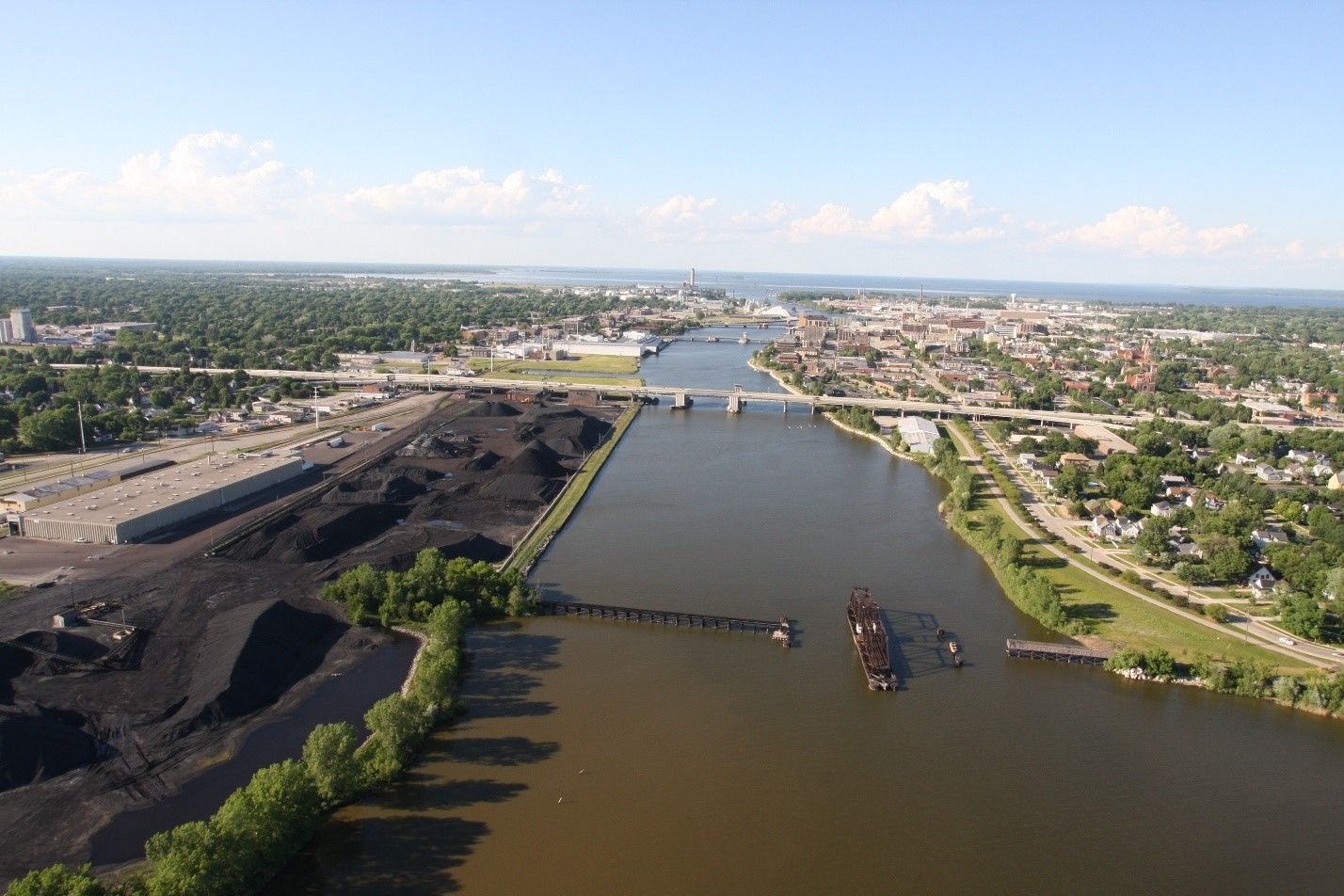Secrets Of Wisconsin’s Fox River Fur Trading Posts

Have you ever wondered about the hidden history along Wisconsin's Fox River? This river isn't just a scenic spot; it played a crucial role in America's past. Fox River fur trading posts were bustling hubs of activity, where traders and Native Americans exchanged goods and stories. These posts helped shape the region's economy and culture. Imagine walking the same paths as early settlers and traders, feeling the echoes of history beneath your feet. Whether you're a history buff or just curious, exploring these sites offers a unique glimpse into a bygone era. Ready to uncover the secrets of the Fox River fur trading posts? Let's dive in!
The Historical Significance of Fox River Fur Trading Posts
The Fox River in Wisconsin played a crucial role in the fur trade during the 17th and 18th centuries. These trading posts were bustling hubs where Native Americans and European traders exchanged goods. Let's explore some of the most notable fur trading posts along the Fox River.
Key Fur Trading Posts Along the Fox River
1. Green Bay
Green Bay, originally known as "La Baie des Puants," was one of the earliest fur trading posts established by the French. It served as a gateway for traders moving inland and was a meeting point for various Native American tribes.
2. Fort Howard
Located near Green Bay, Fort Howard was established in 1816 by the United States Army. It played a significant role in protecting the fur trade routes and ensuring safe passage for traders and settlers.
3. De Pere
De Pere, situated along the Fox River, was another important trading post. The Jesuit mission of St. Francis Xavier was established here, which facilitated trade and interaction between the French and Native Americans.
4. Appleton
Appleton, now a bustling city, was once a key location for fur trading. The Lawrence Institute, now Lawrence University, was founded here, attracting traders and settlers to the area.
5. Oshkosh
Oshkosh, named after a Menominee chief, was a significant trading post along the Fox River. It became a central point for trade between the Native American tribes and European settlers.
6. Neenah
Neenah, located near Lake Winnebago, was another crucial trading post. Its strategic location made it a vital point for traders navigating the Fox River and connecting with other trade routes.
7. Menasha
Menasha, adjacent to Neenah, was also an important trading post. The area was known for its rich natural resources, attracting traders and settlers alike.
8. Fond du Lac
Fond du Lac, situated at the southern end of Lake Winnebago, was a key trading post. Its name, meaning "bottom of the lake," reflects its strategic location for trade and transportation.
9. Butte des Morts
Butte des Morts, meaning "Hill of the Dead," was a significant fur trading post along the Fox River. It was a meeting point for various Native American tribes and European traders.
10. Winneconne
Winneconne, located along the Wolf River near its confluence with the Fox River, was a notable trading post. Its strategic location made it an essential hub for fur traders navigating the waterways.
11. Berlin
Berlin, originally known as Strong's Landing, was a key trading post along the Fox River. It attracted traders and settlers due to its fertile land and strategic location.
12. Omro
Omro, situated along the Fox River, was another important trading post. Its rich natural resources and strategic location made it a vital point for trade and settlement.
13. Eureka
Eureka, located along the Fox River, was a notable trading post. It served as a meeting point for traders and settlers, facilitating trade and interaction between different groups.
14. Princeton
Princeton, situated along the Fox River, was a key trading post. Its strategic location and rich natural resources attracted traders and settlers to the area.
15. Montello
Montello, located near the Fox River, was an important trading post. Its strategic location and natural resources made it a vital point for trade and settlement.
Reliving History Along the Fox River
Exploring Wisconsin's Fox River fur trading posts offers a unique glimpse into the past. These historic sites reveal the rich tapestry of interactions between Native American tribes and European traders. Visiting places like the Charles A. Grignon Mansion or the Heritage Hill State Historical Park brings history to life. The preserved artifacts, reconstructed buildings, and engaging tours make it easy to imagine the bustling trade and cultural exchanges that once took place.
Whether you're a history buff or just curious, these sites provide an educational and enjoyable experience. They remind us of the region's significant role in the fur trade era. So next time you're in Wisconsin, take a trip along the Fox River. You'll not only learn about the past but also gain a deeper appreciation for the area's heritage.

